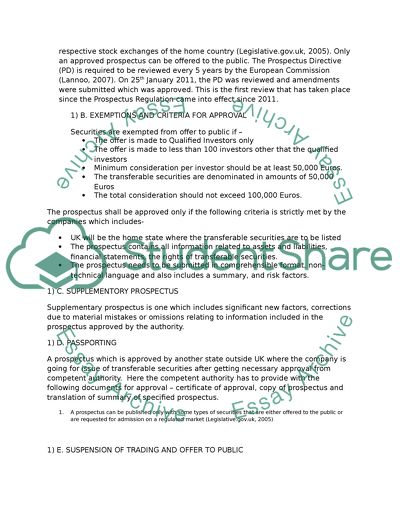Cite this document
(“Prospectus Regulation is it a Misleading Tool for Investors Essay”, n.d.)
Retrieved from https://studentshare.org/law/1425771-prospectus-regulation-is-it-a-misleading-tool-for
Retrieved from https://studentshare.org/law/1425771-prospectus-regulation-is-it-a-misleading-tool-for
(Prospectus Regulation Is It a Misleading Tool for Investors Essay)
https://studentshare.org/law/1425771-prospectus-regulation-is-it-a-misleading-tool-for.
https://studentshare.org/law/1425771-prospectus-regulation-is-it-a-misleading-tool-for.
“Prospectus Regulation Is It a Misleading Tool for Investors Essay”, n.d. https://studentshare.org/law/1425771-prospectus-regulation-is-it-a-misleading-tool-for.


